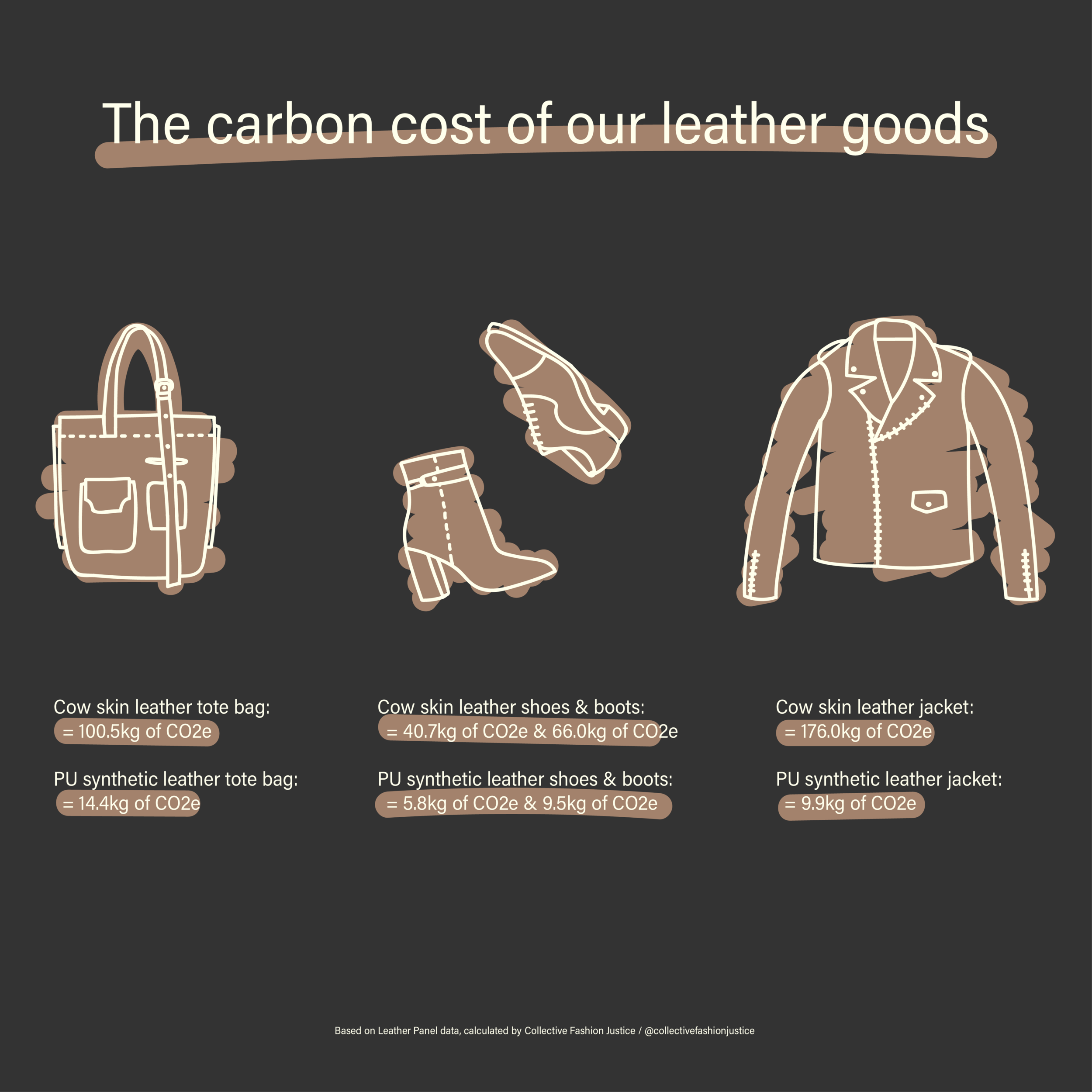FAQ
1. Are your shoes and boots made with a cemented, Blake, Blake Rapid or Goodyear welt?
All of our shoes, whether welted or not, are cemented, and they can still be resoled and repaired at most shoe-repair shops or cobblers. We prefer the cementing method and think it outperforms Blake and Goodyear if done properly, as cement can be sturdier than Goodyear as well as more resistant to moisture accumulation given its water-resistant attributes. High quality cemented shoes can last years.
We used to make a few styles called the Signature Collection, which were hand-made, Blake Rapid welted shoes. The cobbler we employed has since retired, so we are on the lookout for a new specialist!
2. Why are the products you feature more expensive than those I am used to seeing at conventional stores?
Brave GentleMan features products that meet a stringent set of criteria. It is unfortunate that our current economic model rewards the cheapest, fastest, dirtiest and most careless practices with an "affordable" price-tag. Often, "ethical", “sustainable” and “vegan” (total-ethics) fashion is more expensive to make and thus, more expensive to buy than conventional fashion. Reasons for this include:
Artisans producing total-ethics fashion are paid a fair living wages and given proper healthcare.
Total ethics fashion is produced using alternative supply chains and labor models that empower communities rather than exploiting them (including small-scale, domestic, or cottage industry).
Extra precautions are taken to minimize pollution and toxicity at every production phase, from textile production through garment or accessory construction.
High-quality circumfauna (alternatives to conventional animal skins or hairs) are developed or sourced. New and emerging materials that bypass animal inputs tend to be more expensive at first.
Alternative textile production methods are preferred, such as sustainable, small-scale, or closed-loop.
Total ethics fashion companies source from manufacturers who obtain relevant and costly labor, environmental, and ethical certifications.
When fashion is “affordable,” that often means that someone was— to be frank– screwed over in the supply chain – whether it is workers in a sweatshop, animals bred or trapped for their skins or hairs, or ecosystems that are wrecked with cheap and toxic production methods.
3. Is there a Brave GentleWoman?
Brave GentleMan is gender neutral fashion in the menswear aesthetic. It is geared toward individuals who enjoy menswear aesthetics because there is a disproportionate emphasis on femme lifestyle products in the "eco", "green" and "ethical" realm.
There are many instances where mainstream masculinity is positioned in direct contrast to compassion and ethics, presenting a roadblock to sustainability. For more information, visit BraveGentleMan journal TheDiscerningBrute.com.
4.. Isn’t vegan leather worse for the environment?
In most cases, no, animal skins are far worse for the environment, and this is backed up by data from inside the fashion industry as well as outside. For the data, please see Collective Fashion Justice’s CIRCUMFAUNA initiative.
Regarding the cruelty that cows experience in the leather industry please visit Collective Fashion Justice’s ISSUES IN THE BOVIE LEATHER SUPPLY CHAIN page.
5. I understand not wanting to sell fur or leather, but what’s wrong with wool? Isn’t it just a haircut?
Many consider wool sustainable because it’s a ‘natural’ product that is biodegradable. But, shockingly, wool production is a significant driver of greenhouse gas emission, loss of biodiversity, water pollution, land erosion, and animal cruelty. For a detailed response to this question, please see the report SHEAR DESTRUCTION that Brave GentleMan founder Joshua Katcher coauthored for Collective Fashion Justice and the Center for Biological Diversity.
Regarding the treatment of sheep in the wool industry (a slaughter industry) please see ISSUES IN THE WOOL SUPPLY CHAIN from Collective Fashion Justice.


